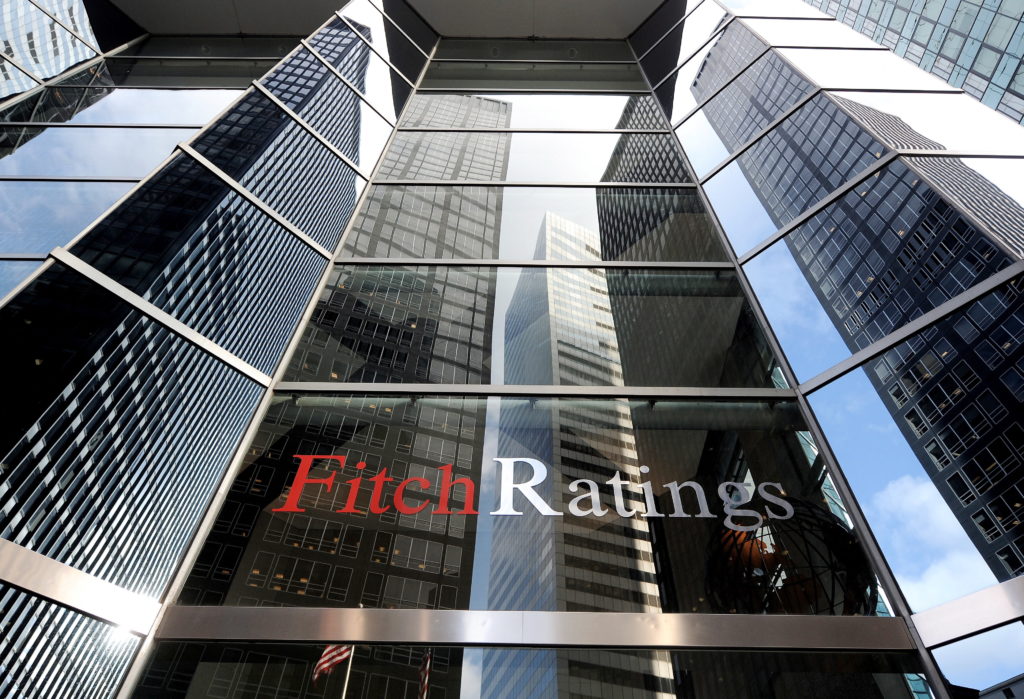TASHKENT
(Read the full text of the report on fitchratings.com)
Fitch Ratings has affirmed the long-term Issuer Default Ratings (IDRs) of Agrobank’s, one of the largest banks in Uzbekistan, at ‘BB-’ with a stable outlook and a viability rating (VR) of ‘b-’.
“The affirmation of Agro’s IDRs reflects Fitch’s view of a moderate probability of support from the government of Uzbekistan in case of need, as reflected by the bank’s Support Rating (SR) of ‘3’ and Support Rating Floor (SRF) of ‘BB-’,” the rating agency said in a statement.
Fitch said that the view was based on majority state ownership, significant systemic importance, important roles in government economic and social policy, the low cost of potential support relative to the sovereign international reserves and a record of capital and liquidity support.
Agrobank was not included in the list of state banks that the government aims to privatise by end-2025, according to the medium-term strategy for banking system development it published last year. Agrobank will retain its role as the government’s agent for state-sponsored subsidised lending to SMEs and retail clients in rural regions with a particular focus on the agriculture sector, Fitch said.
After more than two decades of economic isolation during which most foreign investments were viewed as a threat, the Central Asian country is making efforts to improve its investment climate. Since the death in 2016 of Islam Karimov, who had led Uzbekistan since before the Soviet breakup, his successor, President Shavkat Mirziyoyev, has made attracting foreign investors one of his top priorities.
Mirziyoyev approved the list of companies to go public in the next three years. The list includes the national air carrier Uzbekistan Airways as well as major companies in energy, mining, banking and insurance.
Fitch said that the authorities’ ability to provide support is underpinned by the moderate size of the banking sector relative to the economy (total assets were 63 percent of GDP at end-2020) and large international reserves ($35 billion at end-2020).
“However, our assessment of supportability also factors in high concentrations in the banking sector (with state-owned banks accounting for 85 percent of end-1Q21 sector assets), high loan dollarisation (50 percent at end-1Q21), a high share of external funding in the banking sector and vulnerability to external shocks in a volatile operating environment, as government finances are sensitive to commodity exports and remittances,” the agency said.
The Stable Outlook on the bank’s IDR reflects that on the sovereign.

